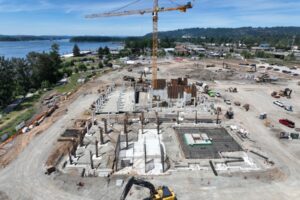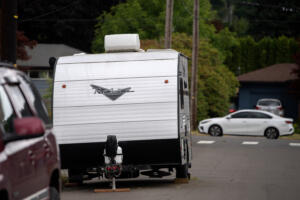The Camas Public Library is currently the only independently operated library in Clark County, but city officials are exploring whether that should change.
According to City Administrator Pete Capell, the decision to consider having Camas join the Fort Vancouver Regional Library District came about following the retirement in October of Library Director David Zavortink, who had been at the helm for two decades.





